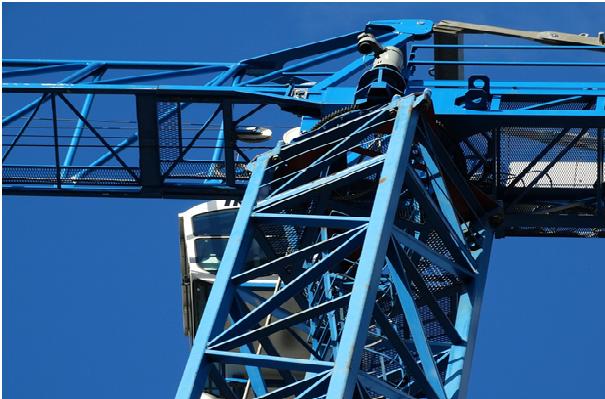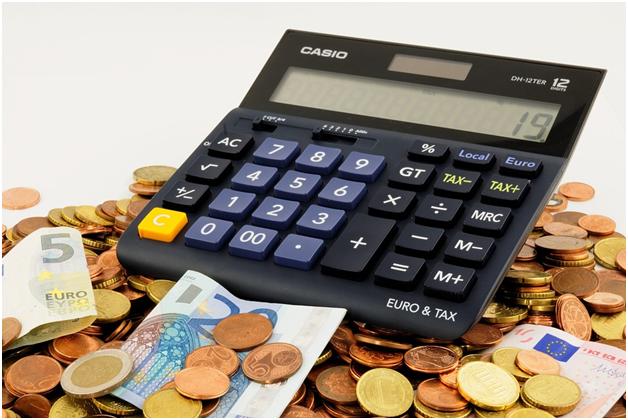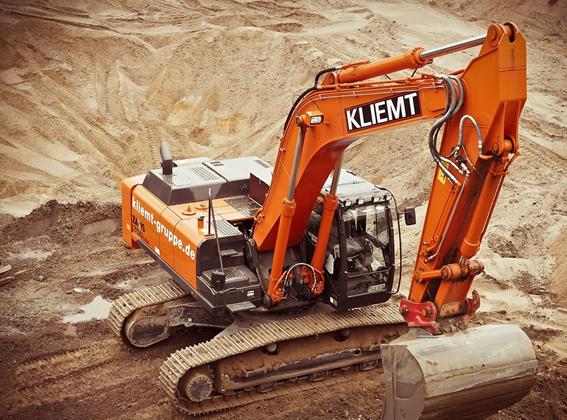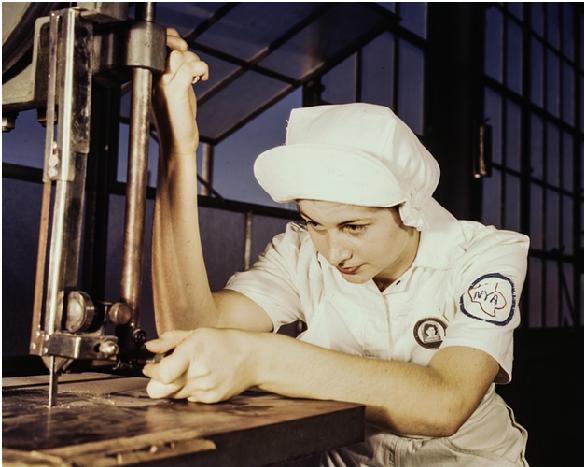The capital you need to finance equipment can look pretty daunting, especially if you’ve only just started your business. Purchasing all that machinery outright would be a massive burden on your business, but there are other options. Equipment financing allows you to spread the cost out over a longer period, and keep everything in your business running smoothly. Here are three common methods of equipment financing.

(Pixabay)
One of the most common methods of financing equipment is hire purchase. Through this system, the finance company owns the equipment, and leases it to you for a given period. At the end of the agreement, you take full ownership of the asset. During the lease, you’ll be responsible for insuring and maintaining the equipment, and may have to make up for any damages. However, the main point to take away is that the equipment is yours at the end of the lease. If you’re going to go with the hire purchase option, make sure it’s something you’re going to continue to use. If you’re getting a new company vehicle on hire purchase that hasn’t been around for long, then fine. However, if you’re looking to hire a generator, and it’s a model that will be obsolete in a few years, then you’re probably going to have better options. Obviously, with some pieces of equipment, it can be hard to tell what will be adequate and for how long. I’m afraid your only option is a lot of long and boring market research!

(Pixabay)
Another common way of financing equipment is through a finance lease. This is slightly different. In one of these agreements, you lease the equipment for a certain period of time, and it is then sold to another entity. Don’t worry; this isn’t as rough as it sounds! At the start of the deal, you’ll agree upon a portion of the sale which will go straight to your company. What if you get to the end of the loan, and still need to use the equipment? That all depends on the lender. In some deals, the equipment being sold off is a given you can’t do anything about. In others, you’ll be able to extend the loan at a reduced cost.

(Pixabay)
Finally, there’s operating leases. These are fairly similar to finance leases, except that you don’t carve up the proceeds of the sale at the end. This has made it generally more popular than finance leasing, as it usually ends up cheaper for the company. It also has a pretty significant tax benefit, as you can write the payments off as a business expense. If you were to choose hire purchase, you’d be able to claim capital allowances on the equipment, and write off the interest on payments. However, you won’t be able to do anything about the payments reflecting the cost of the item. There are many tax benefits and drawbacks with any kind of lease, so do your homework.

Sometimes businesses struggle to get the funding they need in order to obtain new equipment. If this is your case, feel free to check out some national funding reviews and get an idea about one of the alternatives to banks.
I hope this post has made equipment financing feel much more simple. Explore the market, and soon you’ll find a deal that’s perfect for you.
![[Jcount.com]](https://www.jcount.com/wp-content/uploads/2014/08/jcount150X50.png)
![[Jcount.com]](https://www.jcount.com/wp-content/uploads/2014/08/jcountstartupslogo1.png)





